Home>Gardening & Outdoor>Garden Tools & Equipment>How To Use A Lawnmower
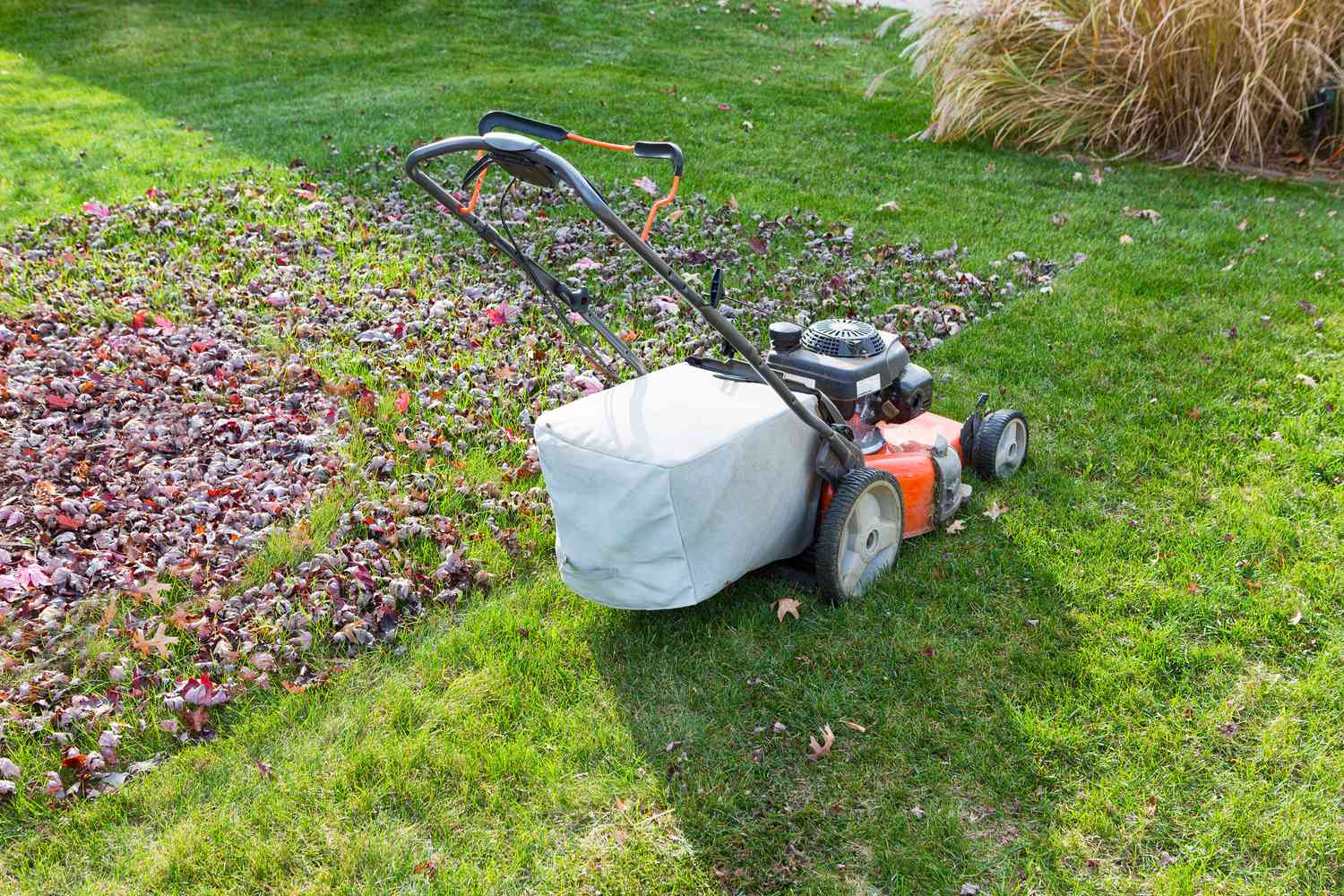

Garden Tools & Equipment
How To Use A Lawnmower
Modified: October 20, 2024
Learn how to use a lawnmower effectively with our comprehensive guide. Get the best tips for maintaining your garden tools and equipment. Keep your lawn in top shape!
(Many of the links in this article redirect to a specific reviewed product. Your purchase of these products through affiliate links helps to generate commission for Storables.com, at no extra cost. Learn more)
Introduction
Welcome to the world of lawn care! Whether you're a seasoned homeowner or just getting started with maintaining your outdoor space, learning how to use a lawnmower effectively is an essential skill. A well-maintained and properly used lawnmower can make a significant difference in the appearance of your lawn and help you achieve that pristine, manicured look.
Using a lawnmower might seem straightforward, but there are important guidelines and techniques to follow to ensure safety, efficiency, and a beautiful end result. In this comprehensive guide, we'll walk you through the process of using a lawnmower, from selecting the right one for your needs to essential safety precautions, operation, and maintenance tips.
So, grab your gardening gloves and let's dive into the world of lawnmowers, where the smell of freshly cut grass and the satisfaction of a well-groomed lawn await you.
Key Takeaways:
- Prioritize safety by reading the manual, wearing appropriate attire, and handling fuel safely. Keep children and pets away to reduce the risk of accidents and ensure a worry-free mowing experience.
- Choose the right lawnmower by considering lawn size, terrain, power source, features, and budget. Align your specific requirements and preferences with the perfect lawnmower for a well-groomed lawn.
Read more: How To Winterize A Lawnmower
Safety Precautions
Before you embark on your lawn mowing journey, it’s crucial to prioritize safety. Lawnmowers, while incredibly useful, can also be potentially dangerous if not used with care. Here are some essential safety precautions to keep in mind:
- Read the Manual: Familiarize yourself with the specific safety guidelines provided by the manufacturer of your lawnmower. Each model may have unique features and operating instructions.
- Inspect the Area: Before mowing, clear the lawn of any debris, rocks, or branches that could become hazardous projectiles when struck by the lawnmower’s blades.
- Wear Appropriate Attire: Protect yourself by wearing closed-toe shoes, long pants, and safety goggles to shield your eyes from flying debris.
- Stay Hydrated: Mowing the lawn can be physically demanding, especially in warm weather. Ensure that you stay hydrated to prevent fatigue and heat-related issues.
- Handle Fuel Safely: If you have a gasoline-powered lawnmower, always refuel it outdoors in a well-ventilated area while the engine is cool. Avoid spilling fuel and never smoke near the machine.
- Mind the Blades: Never reach under the lawnmower or attempt to adjust the blades while the engine is running. Wait for the blades to come to a complete stop, and if maintenance is required, disconnect the spark plug wire for added safety.
- Keep Children and Pets Away: Establish a clear boundary to ensure that children and pets remain at a safe distance while you’re operating the lawnmower.
By following these safety precautions, you can significantly reduce the risk of accidents and enjoy a worry-free mowing experience. Remember, taking the time to prioritize safety is essential for a successful and enjoyable lawn care routine.
Choosing the Right Lawnmower
When it comes to selecting a lawnmower, the choices can be overwhelming. From push mowers to riding mowers, and electric models to gasoline-powered ones, the options cater to various lawn sizes, terrains, and personal preferences. Here are some factors to consider when choosing the right lawnmower for your needs:
- Lawn Size: Assess the size of your lawn. For smaller yards, a push mower or electric mower may suffice, while larger areas might require the power and efficiency of a riding mower.
- Terrain: Consider the terrain of your lawn. If it’s relatively flat and even, a standard push mower might be suitable. However, for sloped or uneven terrain, a self-propelled mower or a riding mower with enhanced stability may be more appropriate.
- Power Source: Decide between electric and gasoline-powered mowers. Electric mowers are eco-friendly, quieter, and require less maintenance, while gasoline-powered mowers offer greater mobility and are ideal for larger lawns.
- Features: Evaluate the features that matter to you, such as bagging, mulching, or side-discharge options, adjustable cutting heights, and ease of maneuverability. These features can significantly impact the efficiency and convenience of your mowing experience.
- Budget: Determine your budget and explore mowers within that range. Remember that while upfront costs are important, the long-term maintenance and operational expenses should also be considered.
By carefully considering these factors, you can narrow down the options and choose a lawnmower that aligns with your specific requirements and preferences. Whether you prioritize eco-friendliness, efficiency, or power, there’s a perfect lawnmower out there to help you maintain a lush and well-groomed lawn.
Preparing the Lawnmower
Before firing up your lawnmower and setting off on your mowing adventure, it’s important to ensure that the machine is properly prepared for the task at hand. Here’s a step-by-step guide to preparing your lawnmower for optimal performance:
- Inspect the Mower: Take a close look at the lawnmower to check for any visible damage, loose parts, or signs of wear. Ensure that the blades are sharp and in good condition.
- Check the Oil and Fuel: If you have a gasoline-powered mower, verify that there is sufficient oil and fuel. Refill or replace these as needed, following the manufacturer’s recommendations.
- Adjust the Cutting Height: Set the cutting height of the mower to the desired level based on the length of the grass and your lawn’s specific requirements. Most mowers allow for easy adjustment of the cutting height.
- Clean the Undercarriage: Clear any accumulated grass clippings and debris from the undercarriage of the mower. A clean undercarriage promotes optimal airflow and cutting performance.
- Inspect the Air Filter: If your mower has an air filter, check its condition and cleanliness. Clean or replace the filter if it’s clogged or excessively dirty to ensure proper airflow to the engine.
- Charge Electric Mowers: If you’re using an electric mower, ensure that the battery is fully charged before you begin mowing. A fully charged battery will provide consistent power throughout the mowing session.
By diligently preparing your lawnmower, you can enhance its efficiency and longevity while setting the stage for a successful mowing session. Taking the time to perform these preparatory steps can contribute to a smoother and more enjoyable lawn care experience.
Starting the Lawnmower
With your lawnmower prepped and your lawn ready to be transformed, it’s time to start the engine and embark on your mowing journey. Here’s a guide to starting your lawnmower, whether it’s a push mower, self-propelled model, or a riding mower:
Read more: How To Clean A Lawnmower
Push Mower or Self-Propelled Mower
If you’re using a push mower or a self-propelled model, follow these steps to start the engine:
- Position the Mower: Place the mower on a flat, level surface, ensuring that the area around the mower is clear of any obstacles.
- Prime the Engine (if applicable): If your mower has a primer bulb, press it several times to draw fuel into the carburetor, facilitating easier starting.
- Set the Choke: If your mower has a choke, adjust it to the appropriate setting based on the engine’s temperature and the manufacturer’s guidelines.
- Pull the Starter Cord: Grasp the starter cord handle firmly and pull it smoothly and steadily to start the engine. Repeat as necessary until the engine ignites.
- Adjust the Throttle (if applicable): Once the engine is running, adjust the throttle to the desired speed for mowing.
Riding Mower
If you’re using a riding mower, the starting process may differ slightly. Here’s how to start a typical riding mower:
- Mount the Mower: Sit in the driver’s seat and ensure that the parking brake is engaged, and the transmission is in neutral or park.
- Engage the Choke (if applicable): If your riding mower has a choke, engage it according to the manufacturer’s instructions.
- Turn the Key: Insert the key into the ignition and turn it to start the engine. Some riding mowers may feature a push-button start instead of a key ignition.
- Release the Parking Brake: Once the engine is running, release the parking brake and prepare to engage the cutting blades or drive the mower to the mowing area.
By following these starting procedures, you can ensure a smooth and efficient ignition of your lawnmower’s engine. Remember to refer to the manufacturer’s instructions for specific starting and operating guidelines tailored to your mower’s make and model.
Mowing the Lawn
Now that your lawnmower is ready to go, it’s time to dive into the mowing process. Mowing your lawn isn’t just about cutting the grass; it’s about achieving an even, healthy, and visually appealing result. Here are some essential tips for mowing your lawn effectively:
Establish a Pattern
When mowing, it’s beneficial to establish a pattern to ensure thorough coverage and a polished appearance. Whether you choose a back-and-forth pattern, mowing in concentric circles, or following a diagonal path, consistency in your mowing pattern can contribute to a professional-looking finish.
Read more: How To Start A Lawnmower
Overlap for Even Coverage
Overlap each pass slightly to ensure even coverage and prevent missed patches of grass. This technique helps avoid unsightly stripes or uneven areas in the lawn, resulting in a more uniform and well-manicured look.
Maintain an Appropriate Cutting Height
Adjust the cutting height of the mower according to the grass’s current length and the recommended height for your specific grass type. Cutting the grass too short can stress the lawn and make it more susceptible to weeds and drought, while leaving it too long may create a unkempt appearance.
Follow Safe Operating Practices
As you mow, maintain safe operating practices. Keep a steady pace, avoid abrupt turns, and be mindful of obstacles such as trees, flower beds, and garden ornaments. If using a riding mower, exercise caution when reversing and mowing on slopes.
Bag, Mulch, or Discharge Grass Clippings
Choose the appropriate method for managing grass clippings based on your lawn’s needs and your personal preference. Bagging clippings creates a tidy appearance, mulching returns valuable nutrients to the soil, and side-discharging can be suitable for less formal areas of the lawn.
Read more: How To Turn On A Lawnmower
Trim Edges and Hard-to-Reach Areas
After mowing the main lawn area, trim the edges with a string trimmer or edger to create a clean, well-defined border. Pay attention to hard-to-reach areas around obstacles and along fences, ensuring that the entire lawn receives the attention it deserves.
By following these mowing tips, you can elevate your lawn care routine and achieve a beautifully manicured lawn that enhances the overall appeal of your outdoor space. Mowing isn’t just a chore; it’s an opportunity to create a lush, inviting environment for relaxation and recreation.
Cleaning and Maintenance
Once you’ve completed the mowing process, it’s essential to show your lawnmower some post-mowing care and attention. Proper cleaning and maintenance not only prolong the life of your mower but also ensure that it’s ready for the next mowing session. Here’s how to clean and maintain your lawnmower:
Cleaning the Exterior
After mowing, take the time to clean the exterior of the lawnmower. Use a brush or a damp cloth to remove grass clippings, dirt, and debris from the surface of the mower. Pay special attention to the undercarriage, wheels, and handles, ensuring that no residue is left behind.
Clearing the Undercarriage
Clear any remaining grass clippings and debris from the undercarriage of the mower. A putty knife or a specialized undercarriage cleaning tool can help you remove compacted grass and debris, preventing buildup that can impede airflow and blade performance.
Read more: How Loud Is A Lawnmower
Sharpening or Replacing Blades
Regularly inspect the condition of the mower’s blades. If they appear dull, bent, or damaged, it’s essential to sharpen or replace them as needed. Sharp blades ensure a clean cut, promoting the overall health and appearance of the lawn.
Checking and Changing the Oil
For gasoline-powered mowers, check the oil level and condition. If the oil appears dirty or low, it’s time for an oil change. Follow the manufacturer’s guidelines for the type and quantity of oil required, and ensure that the mower is on a level surface when checking or changing the oil.
Inspecting the Air Filter
If your mower is equipped with an air filter, inspect it for dirt and debris. Clean or replace the filter as necessary to maintain proper airflow to the engine, ensuring optimal performance and longevity.
Charging Electric Mowers
If you’re using an electric mower, recharge the battery according to the manufacturer’s instructions. Keeping the battery fully charged contributes to consistent and reliable performance during future mowing sessions.
Read more: What Is The Best Lawnmower
Storing the Mower
Once the mower is cleaned and maintained, store it in a dry, sheltered area, such as a garage or a shed. Protect the mower from the elements to prevent rust and deterioration, and store it away from potential hazards to ensure its safety and longevity.
By incorporating these cleaning and maintenance practices into your post-mowing routine, you can uphold the performance and durability of your lawnmower, setting the stage for many more successful mowing sessions in the future.
Storing the Lawnmower
Proper storage is crucial for maintaining the performance and longevity of your lawnmower during periods of inactivity, such as the off-season or extended breaks between mowing sessions. Here’s a guide to effectively storing your lawnmower:
Clean the Mower Thoroughly
Prior to storage, thoroughly clean the exterior of the lawnmower, removing any grass clippings, dirt, and debris. Pay special attention to the undercarriage, wheels, and cutting deck, ensuring that no residue is left behind.
Empty the Fuel Tank
If your lawnmower is powered by gasoline, consider emptying the fuel tank before storing the mower. Running the engine until the fuel is depleted can prevent fuel-related issues and ensure that the mower is ready for use when the next mowing season arrives.
Read more: How To Test A Lawnmower Coil
Stabilize the Fuel (if applicable)
If you opt to keep fuel in the tank during storage, consider adding a fuel stabilizer to prevent the gasoline from deteriorating and causing starting or performance issues when you use the mower again. Follow the manufacturer’s recommendations for the appropriate type and quantity of stabilizer to use.
Inspect and Service the Mower
Prior to storage, inspect the mower for any signs of wear, damage, or mechanical issues. Address any necessary repairs or maintenance tasks, such as blade sharpening, oil changes, and air filter replacements, to ensure that the mower is in top condition when it’s time to mow again.
Store in a Dry, Sheltered Location
Choose a dry, sheltered location for storing the lawnmower, such as a garage, shed, or covered storage area. Protecting the mower from the elements, including moisture and direct sunlight, can prevent rust and deterioration, preserving its condition for future use.
Secure the Mower
Store the lawnmower in a secure manner to prevent unauthorized access and ensure its safety. If your storage area is accessible to children or pets, consider using additional safety measures, such as locking the storage space or securing the mower with a cable lock.
Read more: How To Test A Lawnmower Battery
Follow Manufacturer’s Guidelines
Always refer to the manufacturer’s specific guidelines for storing your lawnmower, as different models and types of mowers may have unique storage requirements and recommendations. Adhering to these guidelines can help maintain the mower’s warranty and optimal performance.
By following these steps for storing your lawnmower, you can safeguard its condition and functionality, ensuring that it’s ready to deliver reliable and efficient performance when the time comes to tackle your lawn once again.
Frequently Asked Questions about How To Use A Lawnmower
Was this page helpful?
At Storables.com, we guarantee accurate and reliable information. Our content, validated by Expert Board Contributors, is crafted following stringent Editorial Policies. We're committed to providing you with well-researched, expert-backed insights for all your informational needs.
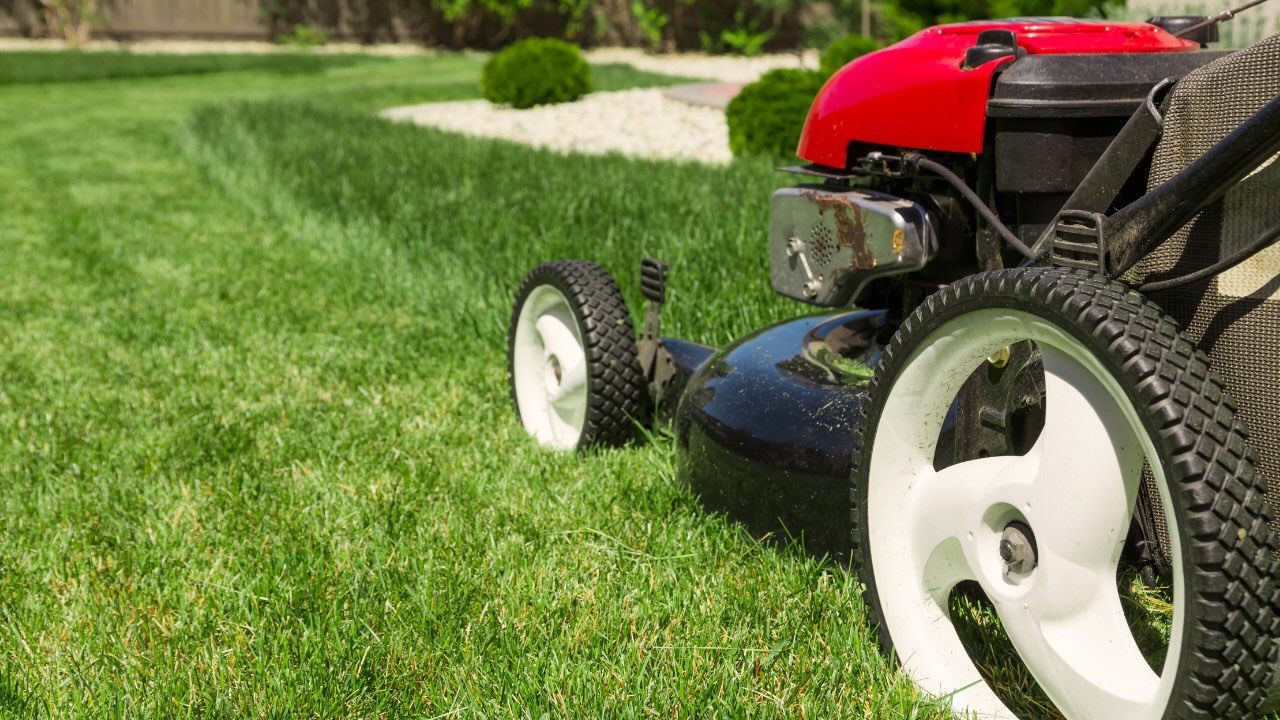
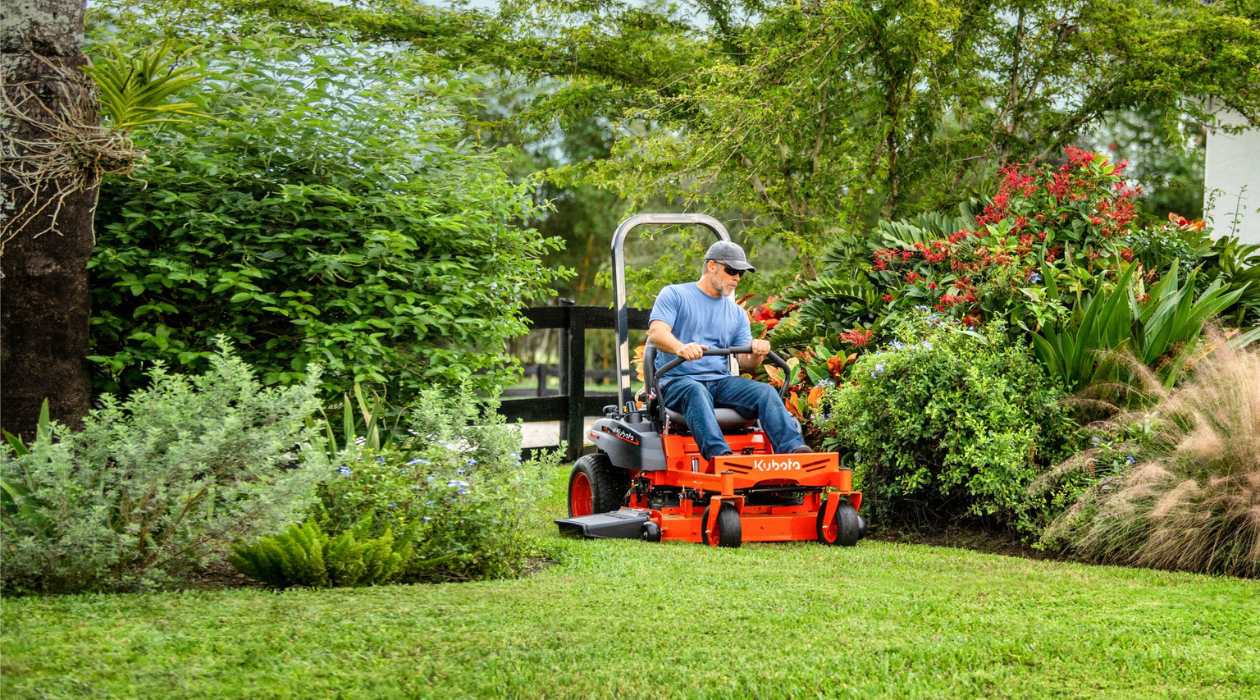
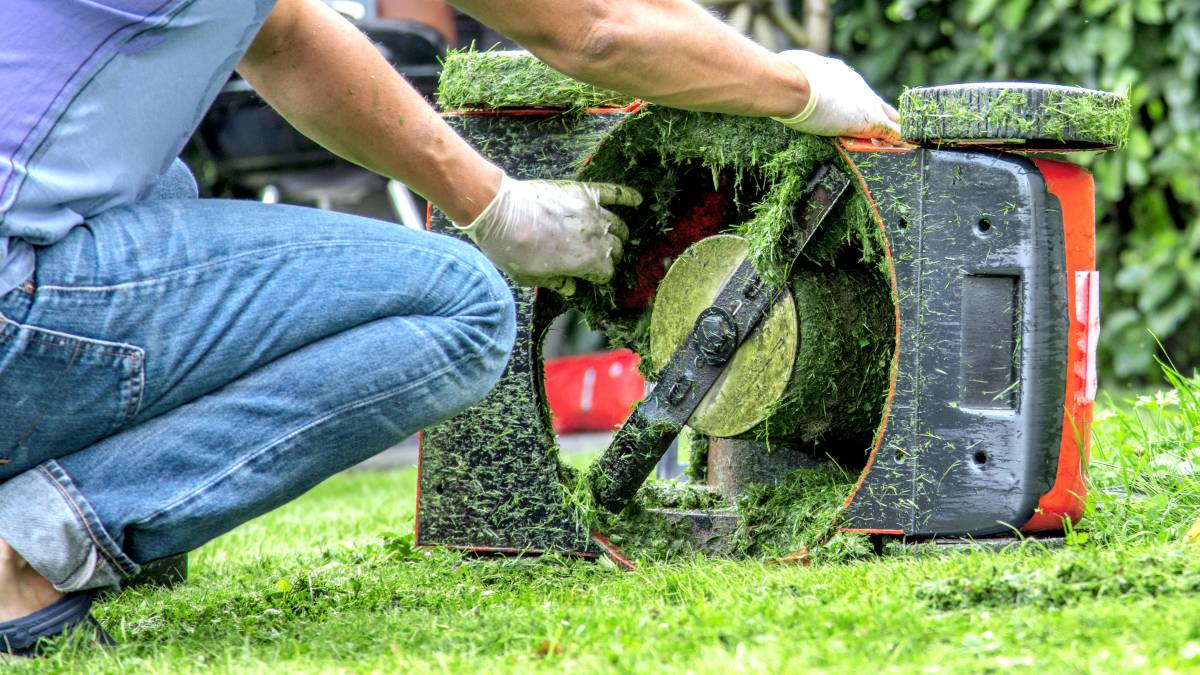
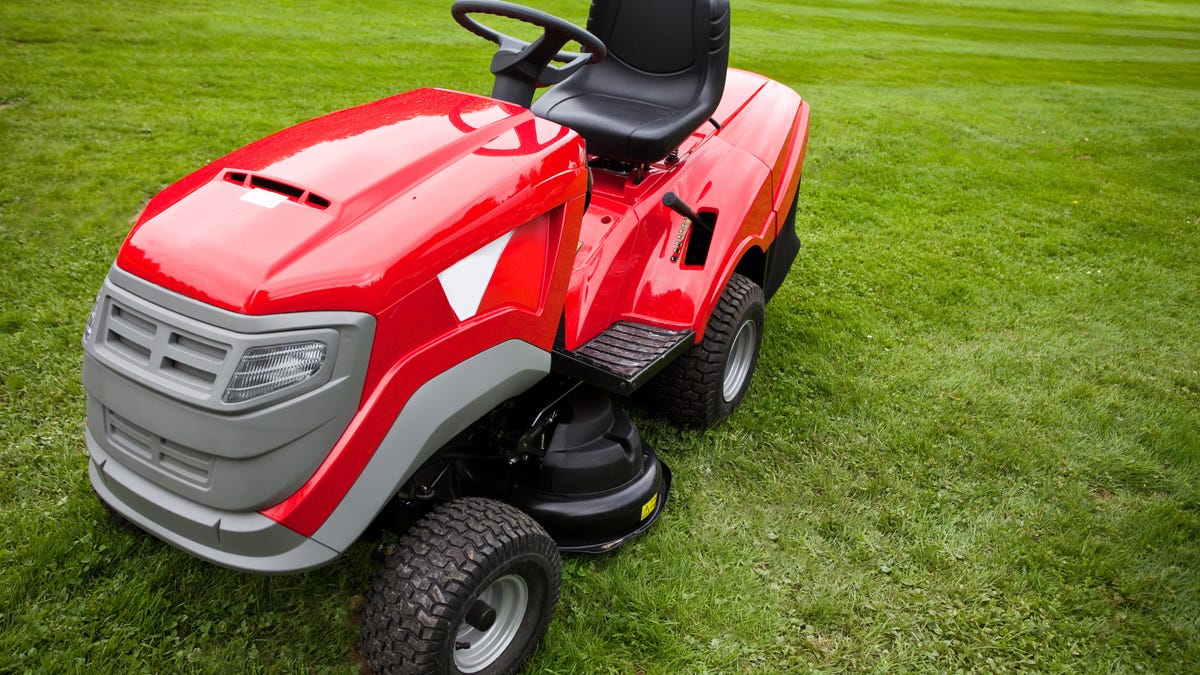
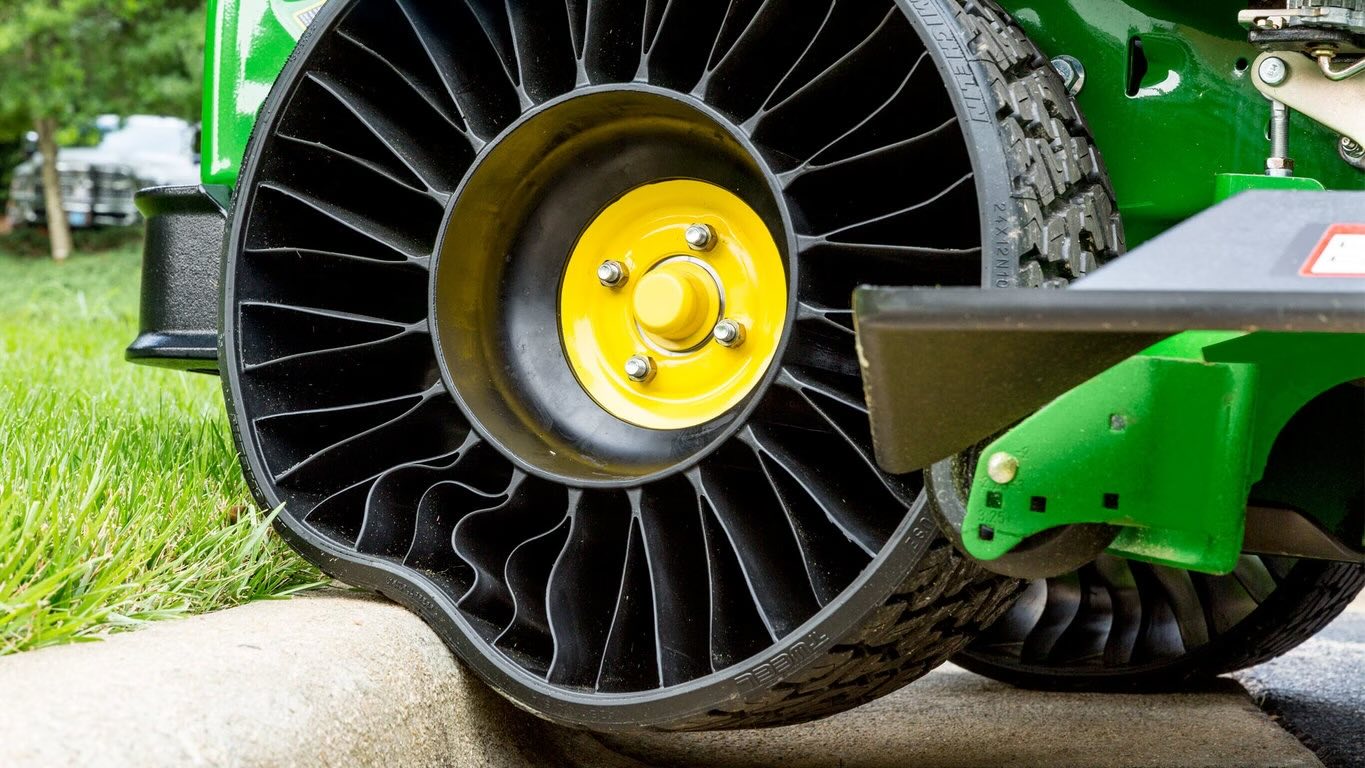

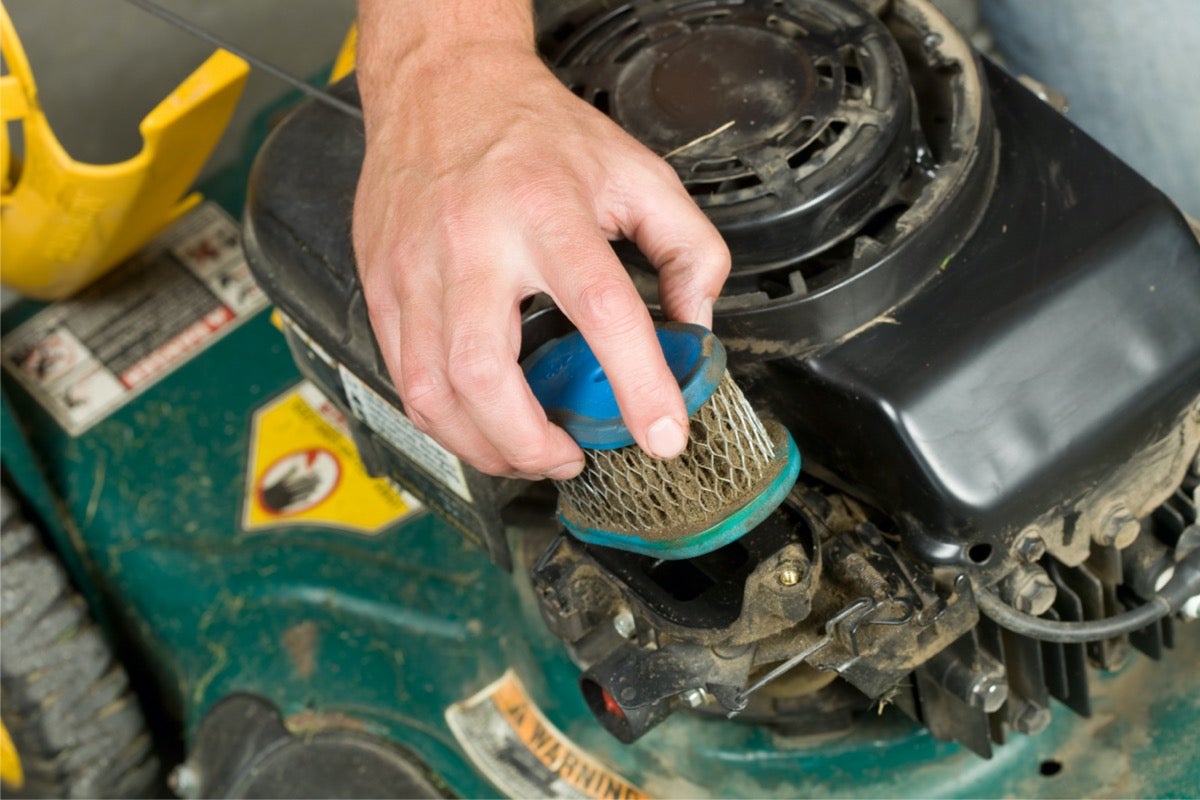


0 thoughts on “How To Use A Lawnmower”